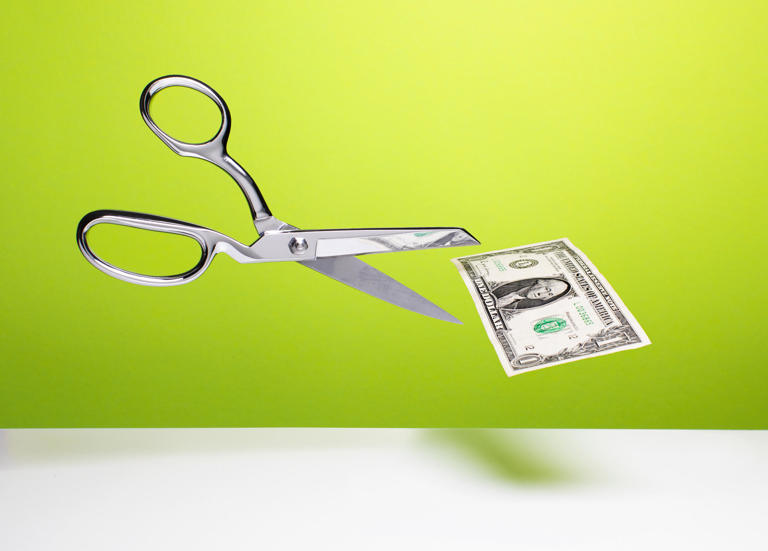Inflation has been a persistent concern in recent years, although it has moderated somewhat from its peak of 9.1% in June 2022. Despite this decline, it remains above the Federal Reserve’s target goal of 2%. To address this challenge and temper spending, the Fed has maintained interest rates at a 23-year high in its recent meetings.
While this stance presents difficulties for consumers who rely on credit cards, mortgages, and loans, it offers an opportunity for savers. Savings account and certificate of deposit (CD) rates have remained elevated, providing attractive returns for those looking to grow their savings.
However, the prospect of a shift in interest rate policy looms, with the Fed likely to implement rate cuts once inflation is brought under control. Although the Fed rate does not directly influence CD rates, there is often a correlation between the two. Therefore, there is uncertainty surrounding the duration of the current high CD rates and the extent to which they may decline following potential rate cuts by the Fed.
Experts anticipate that CD rates will gradually decrease in the short term, mirroring any rate cuts initiated by the Fed. A potential rate cut of 0.25 percentage points could result in a similar reduction in CD rates. This adjustment is expected to occur gradually, reflecting the Fed’s cautious approach to policy adjustments based on evolving economic data and trends.
Looking ahead, if inflationary pressures subside and the Fed follows through with its projected rate cuts, experts foresee a more substantial decline in CD rates. By the end of 2024, CD rates could decrease by as much as 0.75 percentage points. However, the impact may vary across different CD terms, with shorter-term CDs experiencing more immediate and pronounced declines compared to longer-dated maturities.
Despite the anticipated reduction in CD rates, they are not expected to reach rock bottom. Short-term CDs are projected to continue offering competitive yields, albeit lower than current levels. Additionally, while the yield curve may invert in the future, with longer-term CDs potentially yielding higher returns than shorter-term ones, short-term CDs are anticipated to maintain attractive rates.
Given the likelihood of declining CD rates in the future, individuals considering opening new CDs are advised to act promptly to lock in current higher rates. However, it is crucial to align the maturity of CDs with financial goals and consider laddering strategies to mitigate interest rate risk and optimize returns over time. By strategically diversifying CD holdings across various maturity lengths, investors can achieve a balanced approach to preserving and growing their savings.
